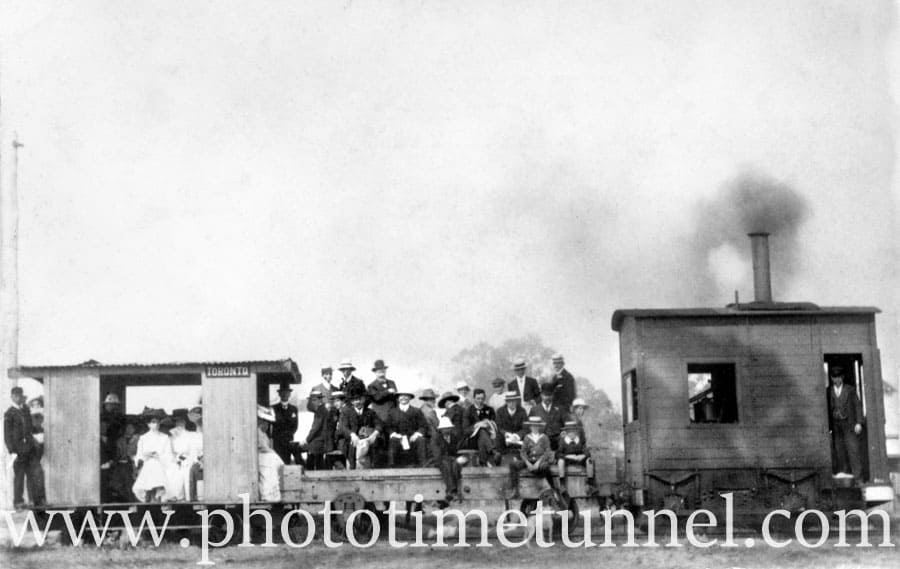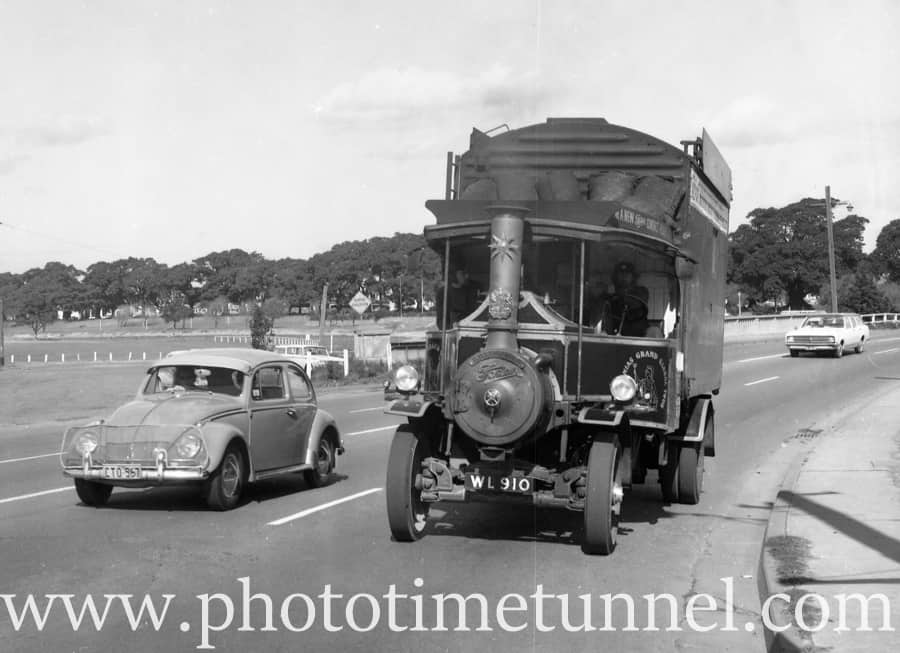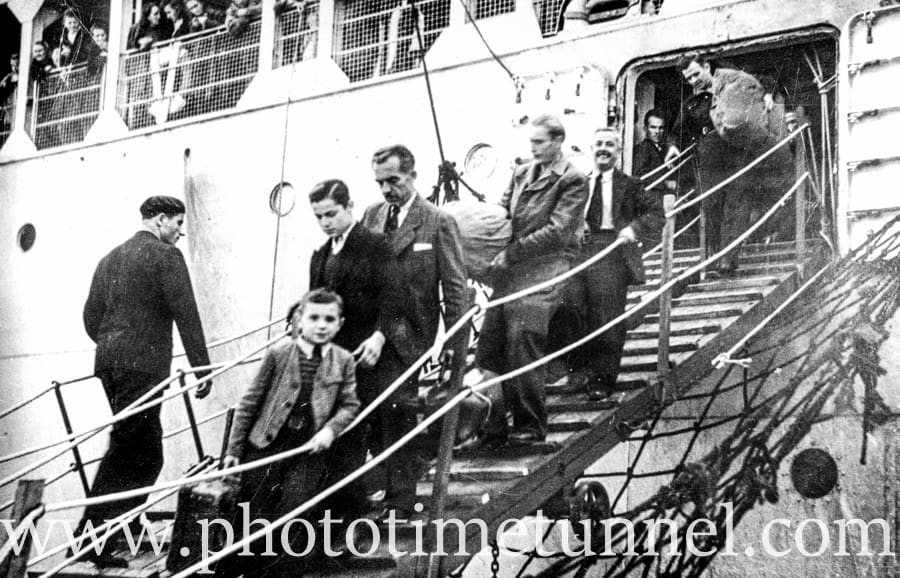The Coffee Pot, at Toronto and Merewether
It looked a lot like an old-fashioned outdoor toilet with wheels, with its weatherboard cladding and hopelessly unstreamlined shape. But the "Coffee Pot" was a remarkably serviceable little steam tram motor that functioned from 1899 to 1909 as a weekend picnic conveyance at Toronto and later as a coal-hauling engine at Howley's Colliery at Merewether. The Coffee Pot, looking its best, with trail car attached. The Coffee Pot was built in Sydney by Hudson Brothers. It was originally owned by Thomas Saywell, owner of coal interests on the NSW South Coast. It was used on the…



